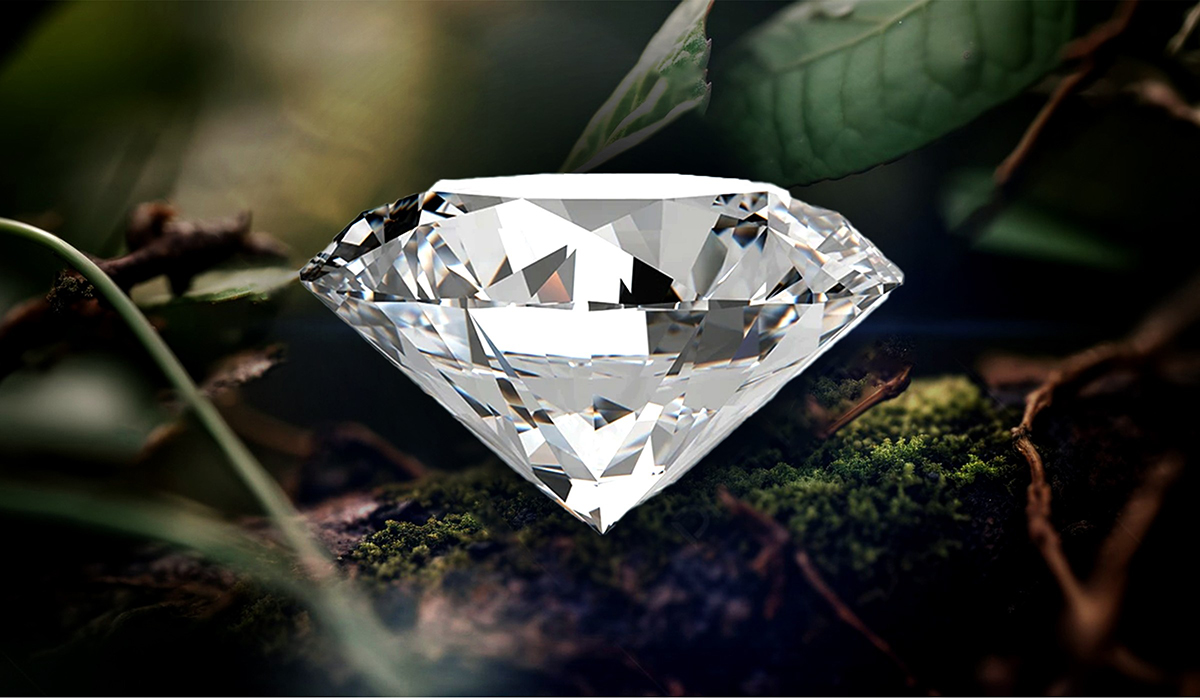In recent years, the jewelry industry has experienced a significant shift toward the use of man-made diamonds, particularly in items like diamond earrings. This change is driven various factors, including ethical considerations, environmental impact, and cost efficiency. This article delves into the appeal of diamond earrings featuring man-made diamonds, exploring their benefits and the evolving consumer preferences in the jewelry market.
Understanding Man-Made Diamonds
Man-made diamonds, also known as lab-grown or synthetic diamonds, are created through technological processes that replicate the natural conditions under which diamonds form in the Earth. The two primary methods for producing these diamonds are High Pressure, High Temperature (HPHT) and Chemical Vapor Deposition (CVD).
The HPHT method mimics the natural conditions of diamond formation applying extreme pressure and temperature to carbon sources. In contrast, the CVD technique involves using a gas mixture that contains carbon, which deposits onto a substrate and crystallizes into diamond. The result is a diamond that is chemically, physically, and optically identical to a natural diamond. The key distinction lies in their origin—man-made diamonds are crafted in controlled environments, whereas natural diamonds are mined from the Earth.
The Benefits of Man-Made Diamond Earrings
One of the primary advantages of man-made diamonds is their ethical implications. Traditional diamond mining has been associated with human rights abuses, environmental degradation, and the so-called “blood diamonds” trade. In contrast, lab-grown diamonds offer a conflict-free alternative, ensuring that consumers can wear their jewelry with a clear conscience.
The environmental footprint of diamond mining is significant, involving extensive land disruption, water usage, and carbon emissions. Lab-grown diamonds have a considerably lower environmental impact, making them an attractive choice for eco-conscious consumers.
Moreover, man-made diamonds are generally priced lower than their natural counterparts, often 20-40%. This price difference allows consumers to purchase larger or higher-quality stones for the same budget, making diamond earrings more accessible.
Additionally, many jewelers offer customization services for man-made diamond earrings, allowing consumers to design unique pieces that reflect their personal style. This flexibility is particularly appealing for special occasions, such as engagements or anniversaries. Furthermore, man-made diamonds are available in a wide range of colors, sizes, and cuts, often surpassing the quality of natural diamonds. This variety enables consumers to find the perfect pair of diamond earrings that suit their individual tastes.
Evolving Consumer Preferences and Market Trends
As awareness of the benefits of man-made diamonds increases, consumer preferences are shifting. Millennials and Gen Z, in particular, are leading this change, often prioritizing sustainability, ethical sourcing, and cost-effectiveness when purchasing jewelry. This demographic is more inclined to choose lab-grown diamonds for their engagement rings and other significant jewelry pieces.
Retailers are adapting to this trend expanding their offerings of man-made diamond jewelry, including earrings, to meet the growing demand. As a result, the market for diamond earrings featuring man-made diamonds is expected to continue flourishing in the coming years.
Conclusion
The rise of man-made diamonds is reshaping the jewelry industry, particularly in the realm of diamond earrings. With their ethical advantages, lower environmental impact, cost-effectiveness, and design versatility, man made diamonds are appealing to a modern generation of consumers. As the market continues to evolve, diamond earrings featuring these exquisite lab-grown stones will likely become increasingly popular, symbolizing a new era of elegance in fine jewelry.



